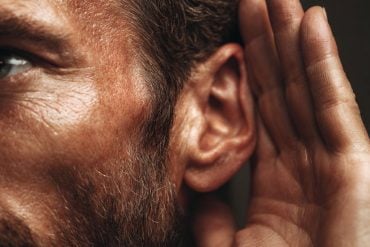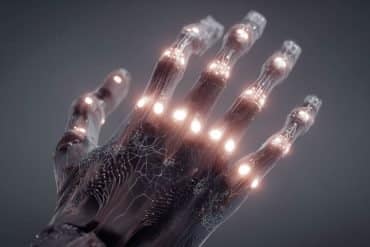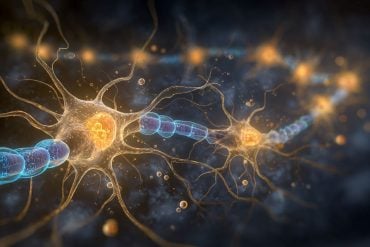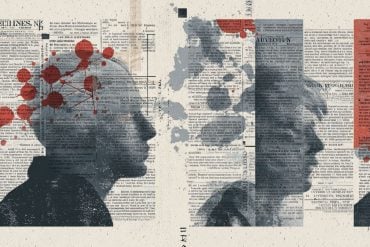Summary: A breakthrough in brain imaging technology has been accomplished, promising unprecedented insights into how memories are made and lost.
A novel imaging system can capture activity from 10,000 to 20,000 neurons simultaneously – a remarkable feat compared to the few hundred that current technology allows. This will enable researchers to trace the evolution of memory formation, shedding light on memory disorders such as Alzheimer’s.
The team hopes that their affordable technology will spur further neuroscience research globally.
Key Facts:
- The imaging system works by using a specially designed lens attached to a microscope that rapidly moves vertically, capturing dozens of images per second of the brain’s cortex.
- The research, initially funded by MSU’s neuroscience program, has now secured a three-year $750,000 grant from the Air Force Office of Scientific Research.
- As part of the research process, mice are exposed to a specific series of sensory stimuli to create a memory, allowing the system to track neural activity during the memory formation and recall process.
Source: Michigan State University
Every day the brain makes and recalls new memories, but current brain imaging technology limits how much information can be gathered about this activity.
To gather more high-resolution images across the brain, researchers at Michigan State University have built a state-of-the-art imaging system that will capture brain activity with a level of detail that has never before been possible.
“We want to know how memories are made and how they fail to be made in people with memory disorders like Alzheimer’s disease,” said Mark Reimers, an associate professor in the College of Natural Science and Institute for Quantitative Health Sciences and Engineering.
“We’d like to investigate and track the evolution of a memory over time and even observe how things get mixed up in everyday memory.”
Currently, high-resolution brain imaging techniques can capture only a few hundred individual neurons — the nerve cells that transmit electrical signals throughout the body — at a time. Starting with some initial seed money from the director of IQHSE, Christopher Contag, and MSU’s neuroscience program,
Reimers and his co-investigator Christian Burgess at the University of Michigan were able to develop a prototype of the imaging system that has the potential to image 10,000 to 20,000 neurons, giving researchers an unprecedented view of brain activity in real time while it is making and recalling memories.
This research has led to a three-year $750,000 grant from the Air Force Office of Scientific Research.
The innovative imaging system uses a specially designed lens attached to a microscope that rapidly moves up and down vertically between different planes, taking dozens of pictures every second of the neurons firing in the outer layers of the brain’s cortex. During the study, mice are exposed to specific series of sights, smells and sounds to create a memory.
“A long-term goal of neuroscience has been to record from a great number of neurons as an animal is doing an activity and try to understand the relationship between the specific neurons that are firing at one point and what the animals are doing,” said Reimers.
“We know that specific neurons are active at specific times, and those are correlated with what the animals are doing or what the animals are experiencing.”
By combining the imaging system with newly developed advanced image processing software, the research team eventually wants to be able to identify the specific neurons used by animals to record and recall memories.
“We hope we will be the first people to observe and document memory formation across multiple regions of the cortex,” said Reimers.
Reimers and Burgess also hope that other researchers will be able to build their own version of this system to improve the image quality for their projects.
“It cost us about $50,000 to build and we’re hoping that hundreds of different labs who are not particularly well funded will be able to use this system to do really cutting-edge neuroscience research,” said Reimers. “Also, I would be happy to talk with other MSU labs who may want to use our new technology for their own research.”
About this memory and neuroimaging research news
Author: Emilie Lorditch
Source: Michigan State University
Contact: Emilie Lorditch – Michigan State University
Image: The image is credited to Neuroscience News








